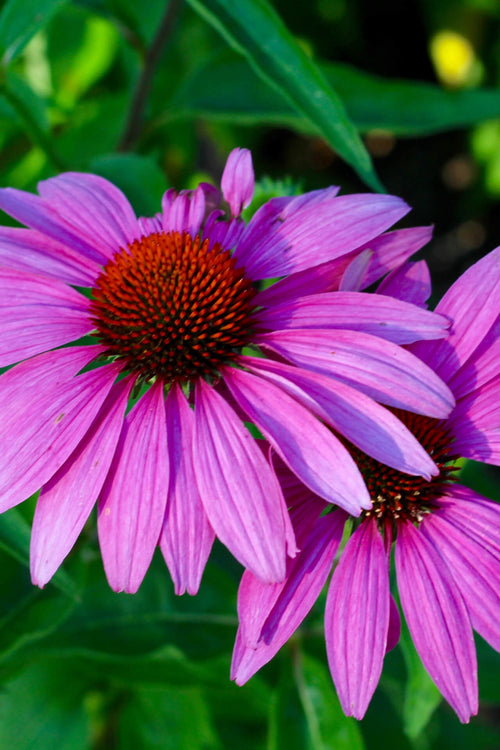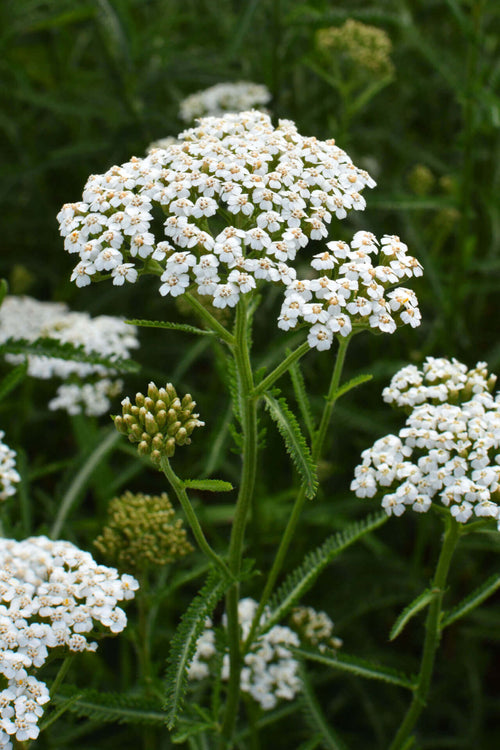Planting a Drought Tolerant Garden
This summer, we have seen the thermometer soar and the rain diminished. Those who have invested in landscaping become a race against the elements to keep those investments living and green! Planting drought-resistant perennials for your garden is wise, as they require less water and can stand up to the intense sun and even poor soil.
Varieties of Drought Tolerant plants
Knockout Roses have seen an increase in popularity because of their hardiness. They grow well, they grow fast, and they require little care. A little snipping off the dead flowers, a bit of water and sunlight, and off they go! My new puppy chewed a newly planted Knockout Rose down to the canes early in the spring, and I thought it was dead. I cut it back, and now it is leafy, green, and full of beautiful red blooms! Lavender, Daylily, Purple Coneflowers, Yarrow, and Coreopsis are just a few of the hardy perennials that would make good choices for your “water-less” garden.
One of my garden favorites is ornamental grass. There are dozens of varieties in all shapes, sizes, and colors. Be sure when you plant grasses to take into consideration their mature size. Some of these can get quite large, both in height and width. Use these as dramatic backdrops for the perennials listed above. In my garden, I have staggered Crepe Myrtle with the ornamental grasses. The Crepe Myrtle adds height with beautiful deep color, and the grasses add texture. With your garden full of easy-care perennials and grasses, you can scatter a few decorative pots of bright-colored annuals throughout your garden to add interest and variety. With this simple plan, you will see your water bill decrease, your plants propagate, and your free time increase!
Look for your drought tolerant plants today at TN Nursery
https://www.tnnursery.net




















































